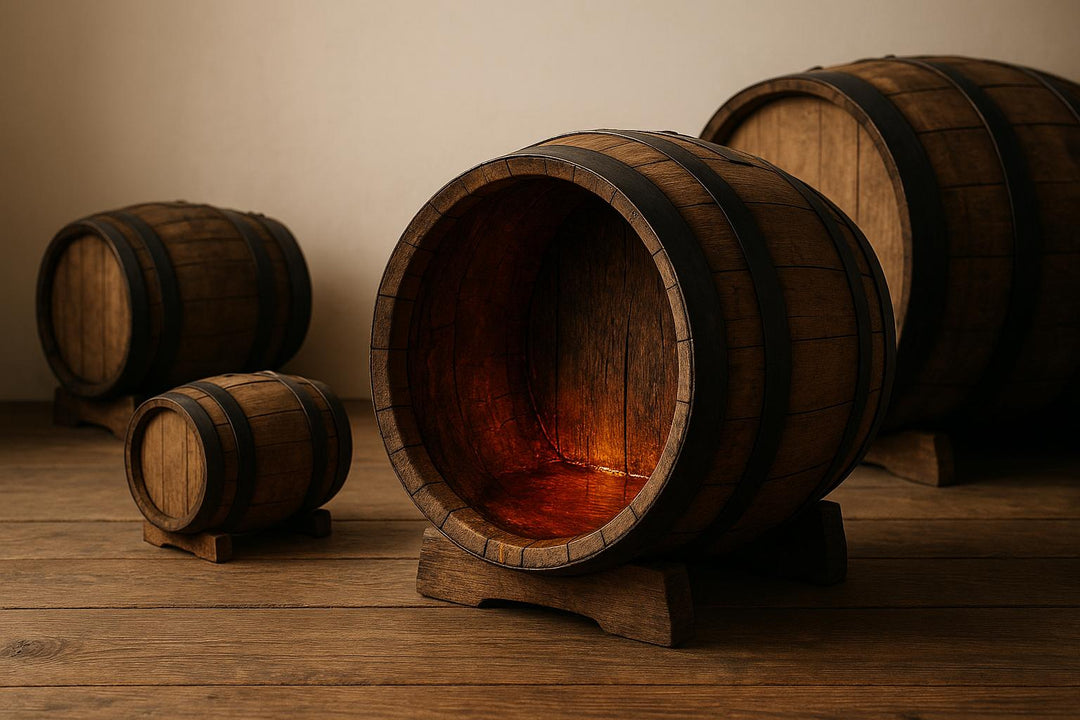Adding ice to whisky sparks heated debates among enthusiasts. But here's the truth: there's no "wrong" way to enjoy your dram. Whether you prefer it neat, on the rocks, or somewhere in between, understanding how temperature affects whisky can help you make the best choice for your palate.
How Ice Changes Your Whisky: The Science Behind Temperature
When you add ice to whisky, several chemical reactions occur simultaneously. The dropping temperature immediately affects the volatile compounds responsible for aroma and taste. Those rich scents you normally get from your glass become more subdued – like turning down the volume on your favorite song. But this change isn't necessarily bad; it's simply a different way to experience your whisky.
The Benefits of Adding Ice to Whisky
Despite what some purists might claim, adding ice to whisky can enhance your drinking experience in several ways:
First, it tames higher-proof spirits, especially cask strength whiskies that clock in at 60% ABV or higher. The cooling effect and gradual dilution can help reveal flavors that might otherwise be masked by alcohol heat.
Second, chilled whisky offers refreshment on warm days. There's something uniquely satisfying about a whisky on the rocks during summer months, when a room-temperature dram might feel too warming.
The Perfect Ice for Whisky: Size Matters
Not all ice is created equal when it comes to whisky. Large, single cubes or spheres provide superior chilling with minimal dilution. These larger pieces of ice melt more slowly than smaller cubes, giving you more control over your drinking experience. The gradual melting creates an evolving journey of flavors in your glass.
When to Skip the Ice
While ice can enhance certain whisky experiences, some situations call for neat spirits:
- First-time tastings of new whiskies
- Evaluating subtle flavor notes
- Enjoying lower-proof expressions
- Professional tastings or formal evaluations
Expert Tips for Temperature Control
Master distillers and whisky experts recommend these best practices for temperature control:
- Always try a whisky neat first
- Use filtered water for making ice
- Consider the whisky's proof when deciding
- Match serving style to the occasion
Finding Your Perfect Temperature
The best way to discover your preference is through experimentation. Try this simple tasting method:
Pour a dram and taste it neat. Note the aromas, flavors, and how it feels on your palate. Then add a single large ice cube. Take time to notice how the whisky changes as it cools and dilutes. Pay attention to which version makes you want another sip – that's your answer.
Common Questions About Ice in Whisky
Does Ice Ruin Good Whisky?
No. While ice changes whisky's characteristics, many master distillers enjoy their own creations chilled. Temperature changes transform rather than diminish whisky's qualities.
Are Whisky Stones Better Than Ice?
Whisky stones offer cooling without dilution, but they don't provide the gradual evolution of flavors that makes ice interesting to many drinkers. They're an option for those who want chilled whisky without any dilution.
Making the Right Choice for Your Dram
Remember that whisky is about enjoyment, not rules. Consider these factors when deciding about ice:
- The whisky's alcohol content
- The ambient temperature
- Your mood and the occasion
- Personal taste preferences
Expert Recommendation
Start your whisky neat, then experiment with temperature and dilution. This approach lets you experience the full range of what your whisky has to offer. Whether you ultimately prefer it neat, on the rocks, or somewhere in between, the right way to drink whisky is the way you enjoy it most.







Leave a comment